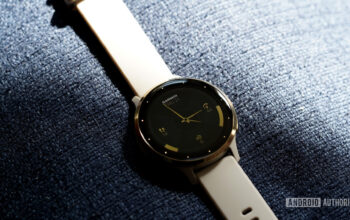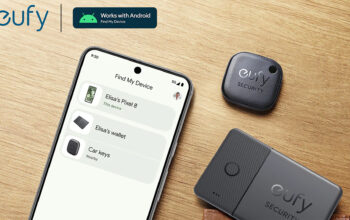Rita El Khoury / Android Authority
Although Android and iOS now cross over more than ever before, one thing distinctly separates the two platforms: biometric security. Apple is nearly all in on using facial scanning for security on iPhones, while Android OEMs are almost exclusively using fingerprint scanning. Each system has its pros and cons, and preference for one over the other likely just comes down to what you’re most accustomed to.
Many Android phones, though, offer a middle ground: insecure Face Unlock. Most flagship Android phones support it and one of them is the Google Pixel 7 Pro, which happens to be my daily driver. Since I got it in October 2022, I’ve been using both the fingerprint scanner and the Pixel’s Face Unlock for my unlocking needs.
That is, until a few days ago. I recently became so fed up with the insecure Face Unlock that I disabled it on the Pixel 7 Pro. Now, I am all in on fingerprint scanning. Why did I make this change? Well, let me explain.
Do you use Face Unlock on your Android phone?
248 votes
The basics: Pixel 7 Pro Face Unlock vs Apple Face ID
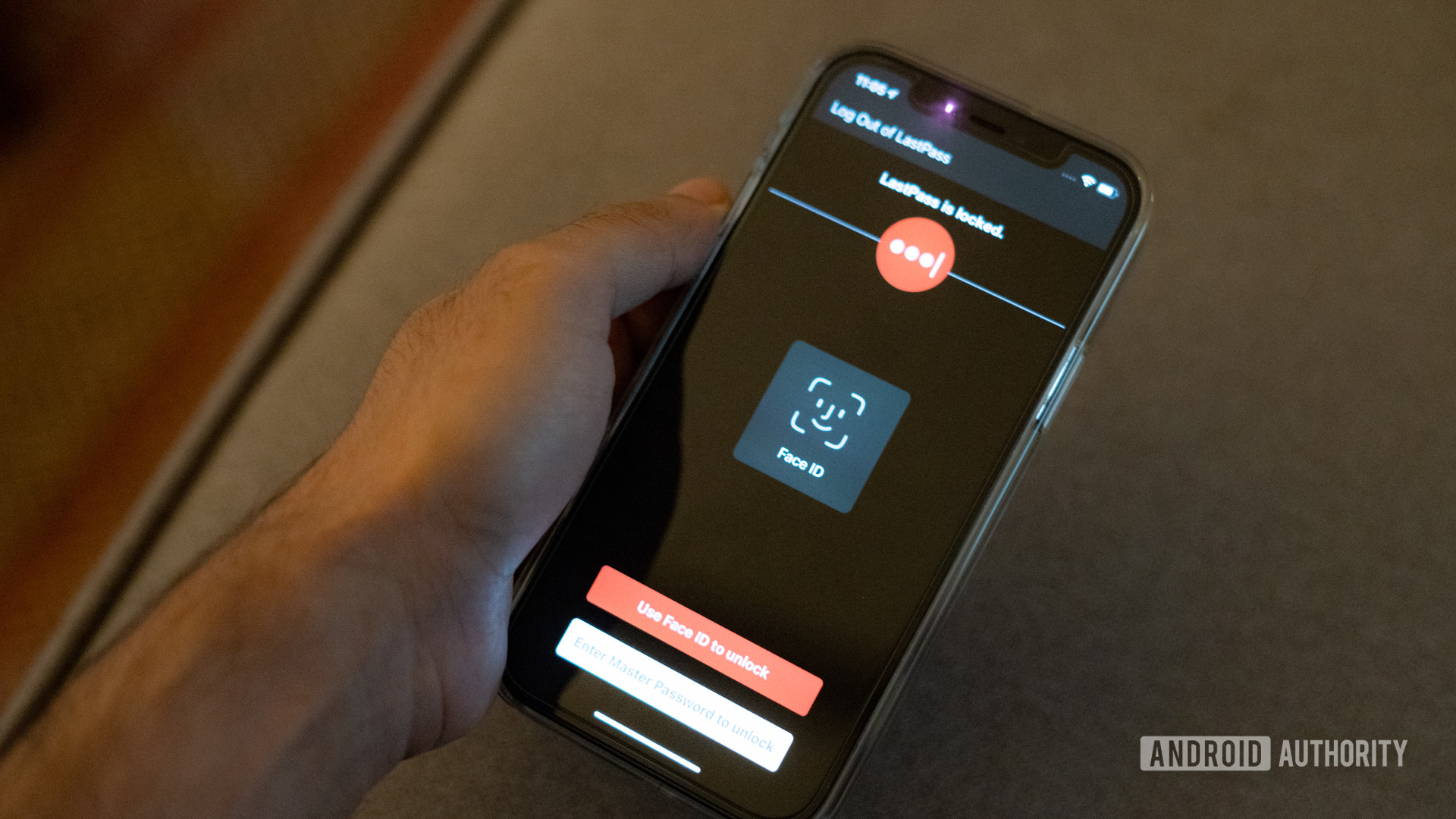
Dhruv Bhutani / Android Authority
Before I get into my issues, I want to ensure we are on the same page about why Apple and Android take such different approaches to biometric security on smartphones. The main differentiator is hardware. Apple’s Face ID relies on a multi-sensor camera system that creates a three-dimensional image of one’s face. Because the security system needs 3D information, Face ID is very secure.
This multi-sensor system needs to live on the front of the phone, which is why all iPhones have big ol’ display notches. Even the Dynamic Island that appears on the iPhone 14 Pro and Pro Max houses multiple sensors.
Android phones, on the other hand, usually have a single camera sensor on the front. This allows for a much smaller display cutout and has all but eliminated the notch design from the Android world. But this solitary sensor can’t achieve an accurate 3D scan of one’s face, nor can it do some of the things Face ID can do, such as work well in low-light scenarios. This hardware deficiency forces Android OEMs to rely on fingerprint sensors for proper security.
To be clear, there have been Android phones that supported 3D facial scanning. The Google Pixel 4 series, for example, had multiple front sensors, no fingerprint scanners, and only used a secure version of Android’s Face Unlock authentication. However, for whatever reason, Android OEMs have moved away from trying to make Face Unlock the de-facto biometric security system and embraced fingerprint scanners instead. In 2023, no major Android phone supports 3D-secure facial scanning.
Now that we understand that, we can dive into why Face Unlock just isn’t worth my time.
Problem #1: Unlocking when I don’t want to unlock
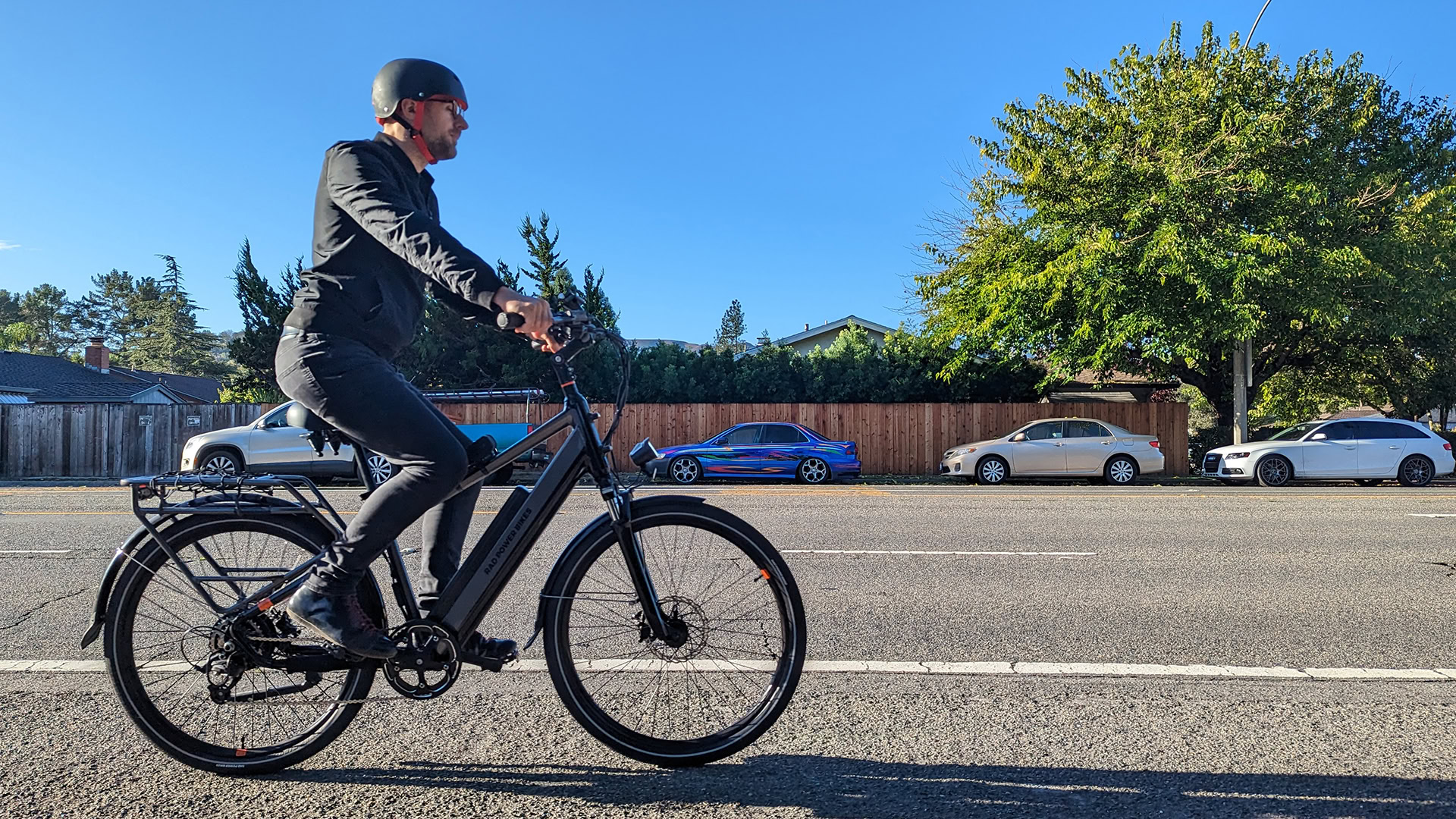
C. Scott Brown / Android Authority
I try to use my e-bike as my primary mode of transportation. While riding, I snap my Pixel 7 Pro into a mount that lives on my handlebars. This allows me to use Google Maps for navigation when needed or glance at a notification when it arrives to ensure it’s not something super important.
Of course, because I want to be able to see my phone’s display easily, it’s angled toward my face. This causes my Pixel’s Face Unlock to unlock the phone while I’m riding if I so much as glance at it. It happens at least once on pretty much every ride. Obviously, this is not ideal. It’s distracting, for one, but also a battery drain.
There have been many times in which my phone unlocked when I didn’t want it to do so.
This issue occurs most often when I’m on my e-bike, but it has also happened in other scenarios. I’ve been at my desk working with my phone face-up near my keyboard and given it a quick look to check the time, and boom: it’s unlocked. Or I’m on the couch watching TV with my partner and feel a buzz in my pocket, so I take my phone out to see what’s up. You guessed it; the phone is now unlocked when I only wanted to see the always-on display for one second. I’m walking from one spot to another and check my phone screen for a notification, and it unlocks, causing me to need to remember to relock the phone before I put it back into my pocket, lest I end up butt-dialing someone. So annoying.
After nearly a year of this, I was at my wit’s end. However, it’s the next point that finally pushed me to disable the Pixel’s Face Unlock altogether.
Problem #2: Insecure unlock during contactless payments
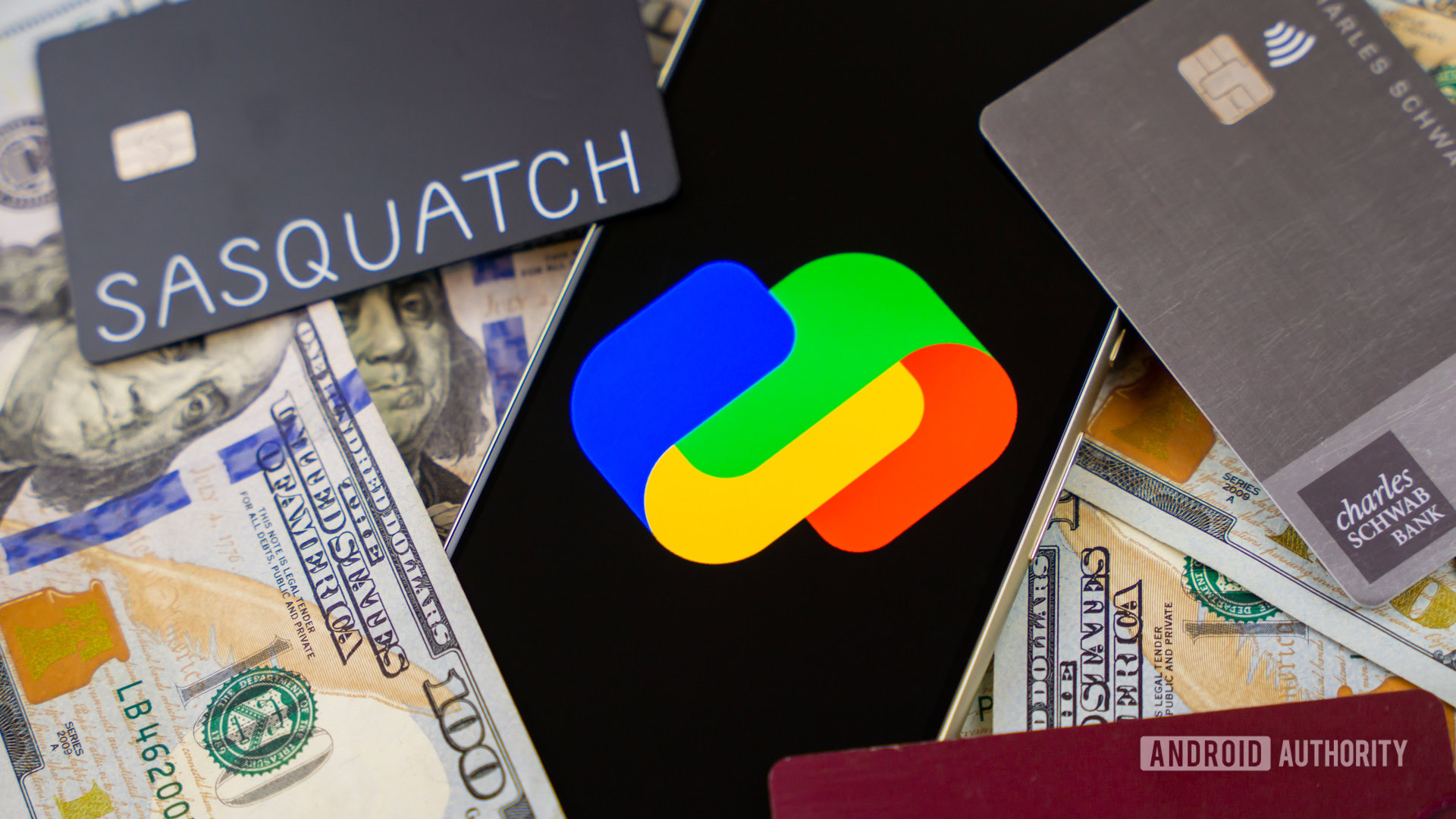
Edgar Cervantes / Android Authority
I am a massive proponent of NFC contactless payments. It’s more secure than using a traditional credit card and allows you to leave your wallet/purse behind if needed and still be able to buy stuff. If I had it my way, I would only ever use my phone to pay for things.
However, because my Pixel 7 Pro’s Face Unlock is insecure, contactless payments don’t work if I unlock my phone with my face instead of my fingerprint. Numerous times over the past year, I’ve gotten up to the payment terminal at a shop thinking my phone is securely unlocked, only to find that it’s not. When that happens, the payment terminal rejects the sale. Sometimes, my phone will then give me a fingerprint scanning prompt, and I can quickly gain access, but other times that doesn’t happen, or the scan doesn’t work properly. In those cases, I then need to relock the phone, angle it away from my face so I don’t accidentally trigger a facial scan, use the fingerprint scanner, and then touch the phone back to the payment terminal. Meanwhile, the clerk is miffed, the people behind me groan, and I feel like an idiot.
If your Android phone is unlocked with an insecure facial scan before you make an NFC payment, you’re going to have a bad time.
There have even been a few times when my phone has been locked in my pocket before I’m about to pay. I take out the phone and look down to find the fingerprint scanner position, scan my fingerprint, and then try to pay, only to find that Face Unlock grabbed a scan at the same exact time as I touched the fingerprint scanner. Now I need to do the relock/rescan thing again.
A few days ago, this situation happened, and it was the last straw. I paid for my items and shut off Face Unlock for good.
The Pixel 7 Pro Face Unlock just isn’t for me
Edgar Cervantes / Android Authority
Obviously, in 2023, most iPhone users only know Face ID (except for iPhone SE users, who still rely on Touch ID). Luckily, since Face ID is secure, they don’t need to worry about accidentally unlocking their iPhones with an insecure method before using Apple Pay.
Likewise, I know many of our readers — who are mostly Android users, naturally — absolutely love Face Unlock. They were pretty upset when the Pixel 6 series landed without Face Unlock and many were really excited when the Pixel 7 series included support for insecure facial scanning.
Personally, though, I am over it. I appreciate the hypothetical convenience insecure Face Unlock offers over fingerprint scanners, but it causes more headaches in my day-to-day life than anything else. I will admit that I did like being able to look at my phone and not fumble for the fingerprint scanner when I specifically wanted an insecure unlock. I do miss that. But that can’t match how relieved I am that my phone never unlocks accidentally, and I don’t need to worry about holding up the queue while I — a person who makes his living as a tech-savvy writer — fumble around with my phone like some noob.
In other words, until Android phones go all-in on a secure method of facial scanning, I’ll be sticking to fingerprint scanners exclusively.
